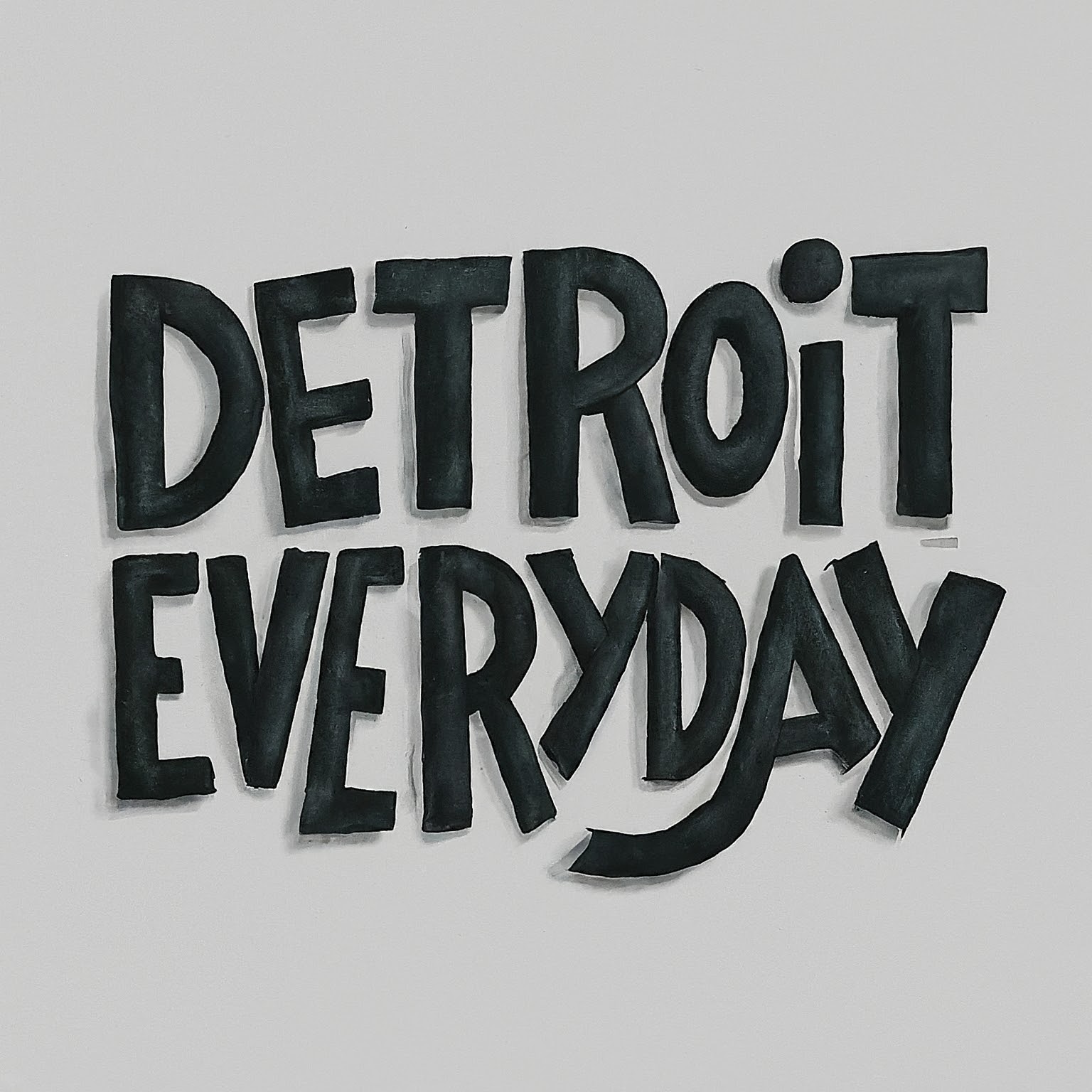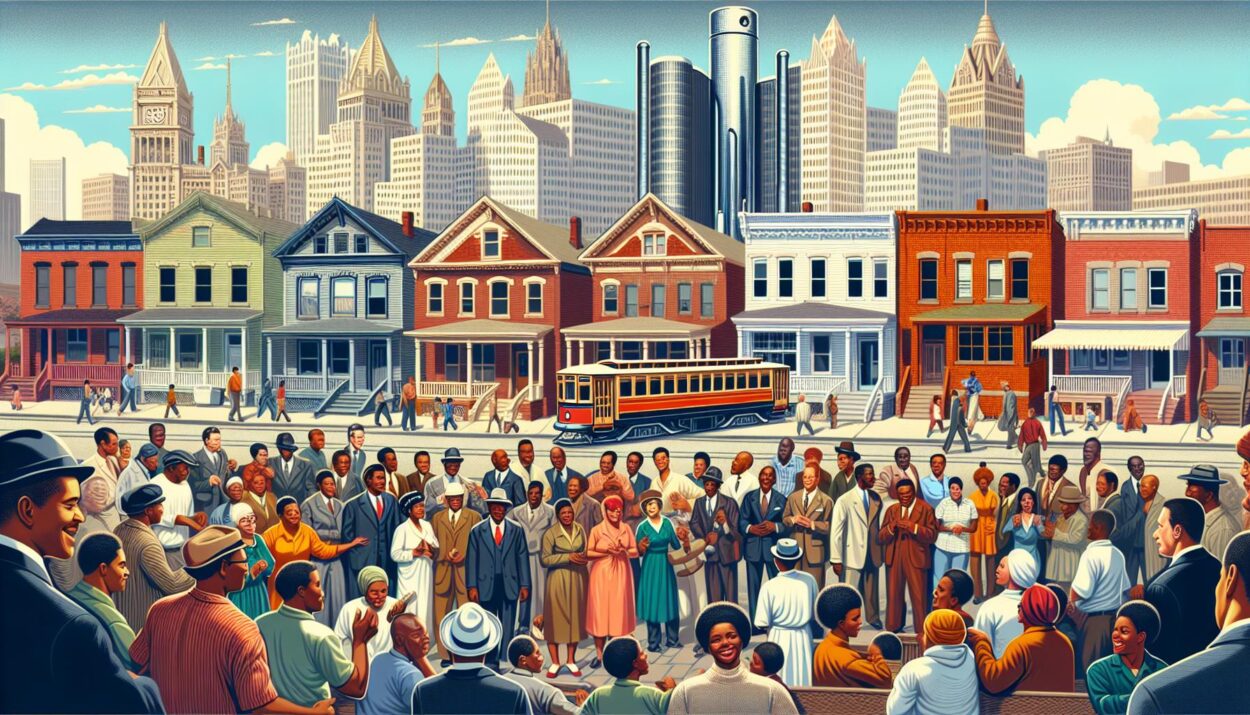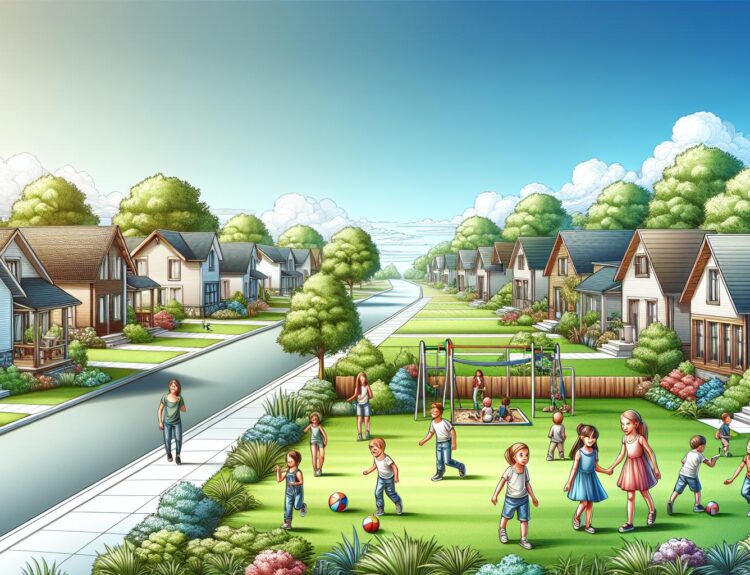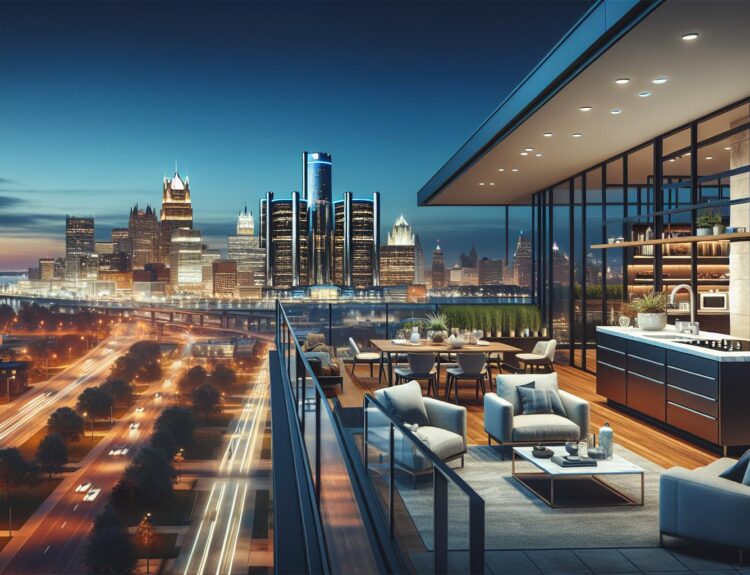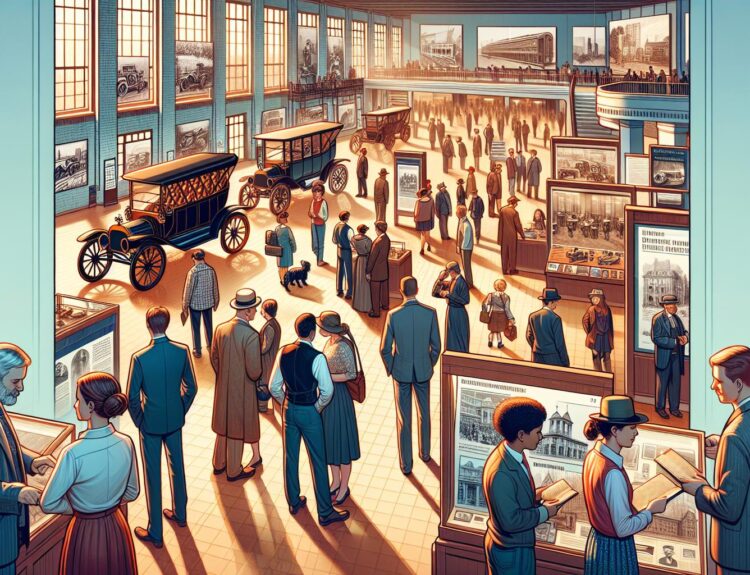Detroit, a city with a rich history and a vibrant culture, has seen significant shifts in its population demographics over the years. As a Detroit native, I’ve witnessed firsthand the changes that have shaped the city’s population makeup. From the rise of new residential areas to the decline of certain neighborhoods, the demographics of Detroit continue to evolve.
Exploring the various factors influencing Detroit’s population demographics is not only fascinating but also crucial in understanding the city’s past, present, and future. As I delve into the data and trends that define Detroit’s population landscape, I aim to shed light on the diverse communities that call this city home. Join me on this journey as we uncover the stories behind Detroit’s changing demographics.
Historical Overview of Detroit’s Population
Detroit’s population has always been a reflection of its dynamic history and diverse influences. Over the years, Detroit has experienced significant changes in its demographic composition, shaped by various factors.
Some key points highlighting the historical trends in Detroit’s population include:
- In the early 20th century, Detroit witnessed a rapid influx of residents due to the booming automotive industry, leading to a significant increase in population.
- The city’s population peaked in the 1950s, with over 1.8 million residents, making it one of the largest cities in the United States at that time.
- However, post-industrial decline and urban challenges led to Detroit‘s population decrease in the late 20th century, as industries shifted and economic hardships hit the city.
- In recent years, efforts to revitalize the city have resulted in a more diverse population, attracting young professionals, artists, and entrepreneurs to Detroit.
The shifts in Detroit‘s population over time not only reflect economic and social changes but also demonstrate the resilience and adaptability of the city and its residents.
Factors Driving Population Changes
Detroit’s population dynamics have been shaped by various factors over the years. One key driver of population changes in the city was the boom of the automotive industry in the early 20th century. The demand for labor drew people from across the country, leading to rapid population growth as workers flocked to Detroit in search of employment opportunities in the flourishing automobile sector.
The city reached its peak population in the 1950s, as the automotive industry continued to thrive, attracting more individuals and families to settle in Detroit. However, the decline of the industry in subsequent decades resulted in significant population losses as job opportunities waned, leading many residents to seek employment elsewhere.
Economic hardships further exacerbated Detroit’s population decline, with factors such as job loss and urban decay prompting a significant number of people to leave the city in search of better prospects. These challenges contributed to ongoing population fluctuations as Detroit grappled with the impacts of industrial changes and economic struggles.
Despite these challenges, recent revitalization efforts have played a crucial role in shaping Detroit’s population demographics. The city’s focus on urban renewal, economic development, and cultural revitalization has attracted a more diverse population, including young professionals, artists, and entrepreneurs. This influx of new residents reflects Detroit’s resilience and adaptability amidst shifting circumstances, setting the stage for continued population changes in the years to come.
Residential Developments Impacting Demographics
When we delve into the residential developments in Detroit, it’s clear that they have played a crucial role in shaping the city’s population demographics over the years. With the rise and fall of industries, the housing landscape in Detroit has witnessed significant changes.
Historic neighborhoods, such as Indian Village and Palmer Woods, have attracted affluent residents, contributing to the diversity of the city’s population. These areas boast architectural gems and rich cultural heritage, drawing both locals and newcomers seeking a unique living experience.
On the other hand, urban blight and abandoned properties have been persistent challenges in Detroit, affecting not only the aesthetics of neighborhoods but also the demographics. Efforts to revitalize these areas have been ongoing, aiming to attract new residents and improve the quality of life for existing ones.
- Major mixed-use developments, like the District Detroit project around Little Caesars Arena, have sought to create vibrant communities with a mix of residential, retail, and entertainment spaces, catering to diverse demographics.
- Affordable housing initiatives have also been crucial in addressing housing insecurity and ensuring that a wide range of individuals can call Detroit home. These efforts aim to promote inclusive growth and prevent displacement of long-time residents.
As Detroit continues to evolve and grow, the impact of residential developments on demographics remains a dynamic and ever-changing landscape, reflecting the city’s resilience and adaptability in the face of challenges.
Neighborhood Decline and Its Effects
When urban blight sets in, neighborhoods suffer from neglect and disinvestment. Abandoned houses and neglected storefronts become all too common sights. Property values plummet, leading to displacement and a cycle of decline. Crime rates tend to increase, affecting the quality of life for residents. The sense of community weakens as more people move away, leaving behind empty streets and struggling businesses.
In areas experiencing neighborhood decline, residents face challenges such as limited access to quality services like education and healthcare. Job opportunities may also become scarce, further exacerbating economic hardships. As population declines, local schools may struggle to stay open, impacting the education of remaining children. The social fabric of the community weakens, leading to a loss of neighborhood cohesion and shared identity.
Diversity and Community Dynamics in Detroit
Detroit is a city rich in diversity and community dynamics. The population demographics of Detroit reflect a blend of cultures, ethnicities, and backgrounds that contribute to the vibrant tapestry of the city. From the historic neighborhoods to the bustling downtown area, Detroit is a melting pot of people from various walks of life.
In my experience, the community dynamics in Detroit are complex and ever-evolving. Residents form tight-knit bonds within their neighborhoods, creating a sense of belonging and solidarity. These connections often transcend cultural or socioeconomic differences, emphasizing the shared values and resilience of Detroiters.
Neighborhood revitalization efforts play a crucial role in fostering community dynamics in Detroit. When neighborhoods are revitalized, residents are empowered to take pride in their community and work together to create a better future. This sense of ownership leads to stronger community bonds and a collective investment in the well-being of all residents.
Initiatives that promote diversity and inclusion are essential for maintaining a vibrant and thriving community in Detroit. By celebrating the unique backgrounds and perspectives of its residents, Detroit can leverage its diversity as a strength that drives innovation, creativity, and collaboration across the city.
The demographics of Detroit continue to evolve, reflecting the changing landscape of the city. Embracing this diversity and nurturing strong community dynamics will be instrumental in shaping a brighter future for Detroit and its residents.
Conclusion
Reflecting on Detroit’s population demographics reveals a vibrant community where diversity is celebrated and unity thrives. The city’s neighborhoods are not just geographical locations but tight-knit communities built on shared values and mutual respect. By embracing inclusivity and fostering a sense of belonging, Detroit sets a shining example of how different backgrounds can come together harmoniously. As the city continues to evolve, it’s clear that its strength lies in the unique perspectives and experiences of its residents. Detroit’s future is bright, fueled by the collective spirit of its people and their unwavering commitment to creating a better tomorrow for all.
